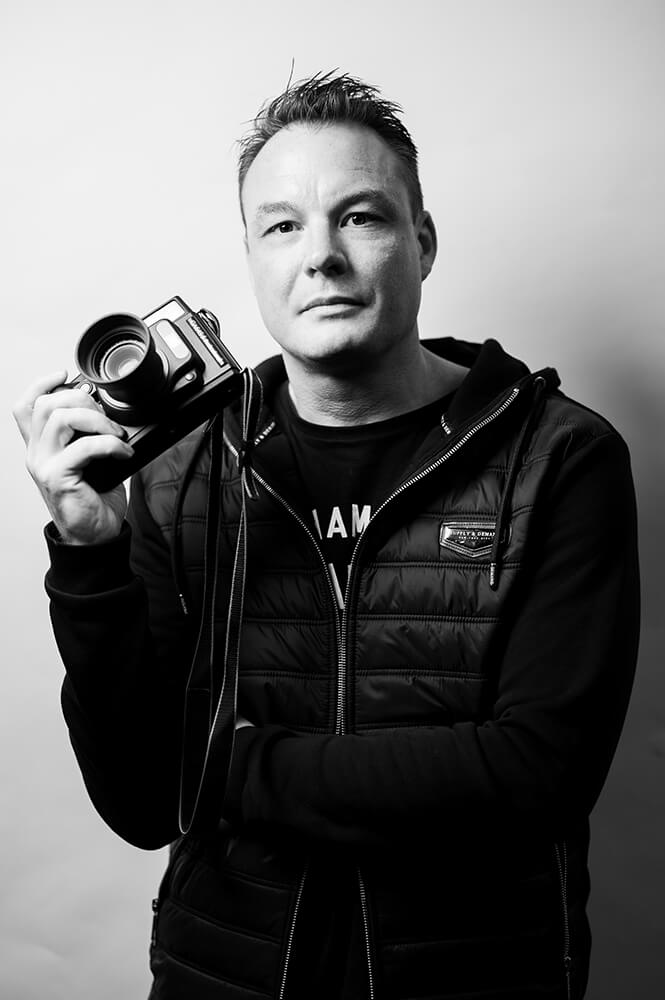A former touring musician and producer, Ali MC is a photographer, writer and lecturer in law and criminology.
He is also a regular contributor to Al Jazeera and has had his work featured extensively in a variety of publications internationally.
Recent photographic projects include Rohingya refugees in Burma and Bangladesh, Khasi stone labourers in India, marginalised groups in Timor-Lesteand street scenes in Iran.
In 2023 he launched H: A Love Story, a long form analogue ‘photographic audiobook’ and AV installation about homelessness and heroin addiction in his home city of Naarm (Melbourne, Australia).
His portrait of Indigenous singer Archie Roach was selected in the 2021 national Bowness prize and a portrait of esteemed Indigenous actor Jack Charles shortlisted in the 2022 Australian Photography Awards.
A collection of his protest photography was also recently acquired by the State Library of Victoria archives.
Working predominantly in 35mm and medium format, Ali's work is grounded in research and academic study, holding a Bachelor of Arts with Honours in History and a Masters in Human Rights Law.
Statement
Ali MC’s creative and academic practice aims to elevate the voices of marginalised and criminalised peoples globally and tackle social and political issues through extensive, long-term engagement.
Using a variety of film and camera combinations, Ali’s often-experimental practice seeks to push the boundaries of documentary photography and photojournalism, often exploring ways to evoke a mood, emotion or experience as much as documenting people and places.
Themes of trauma, marginalisation and criminalisation permeate his work, taking him deep into the darkness of the human psyche and experience.
Not content to remain an armchair narrator, Ali MC has travelled to countries such as Haiti, Ethiopia, Iraq, Rwanda and Syria (and many more) to meet people first-hand, build relationships and develop the close collaborations that drive his stories.
H: A Love Story
